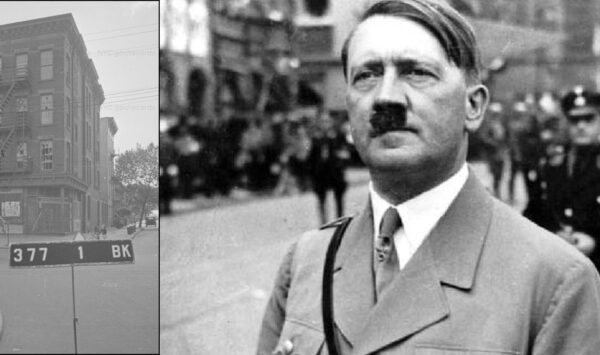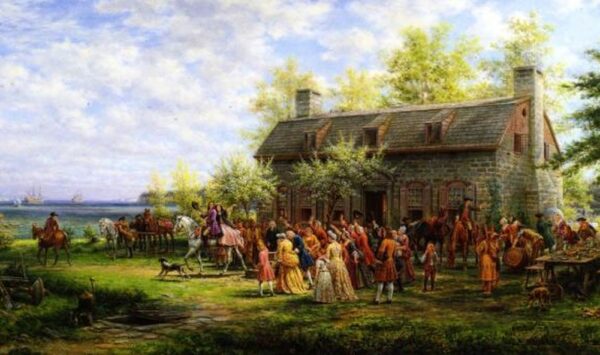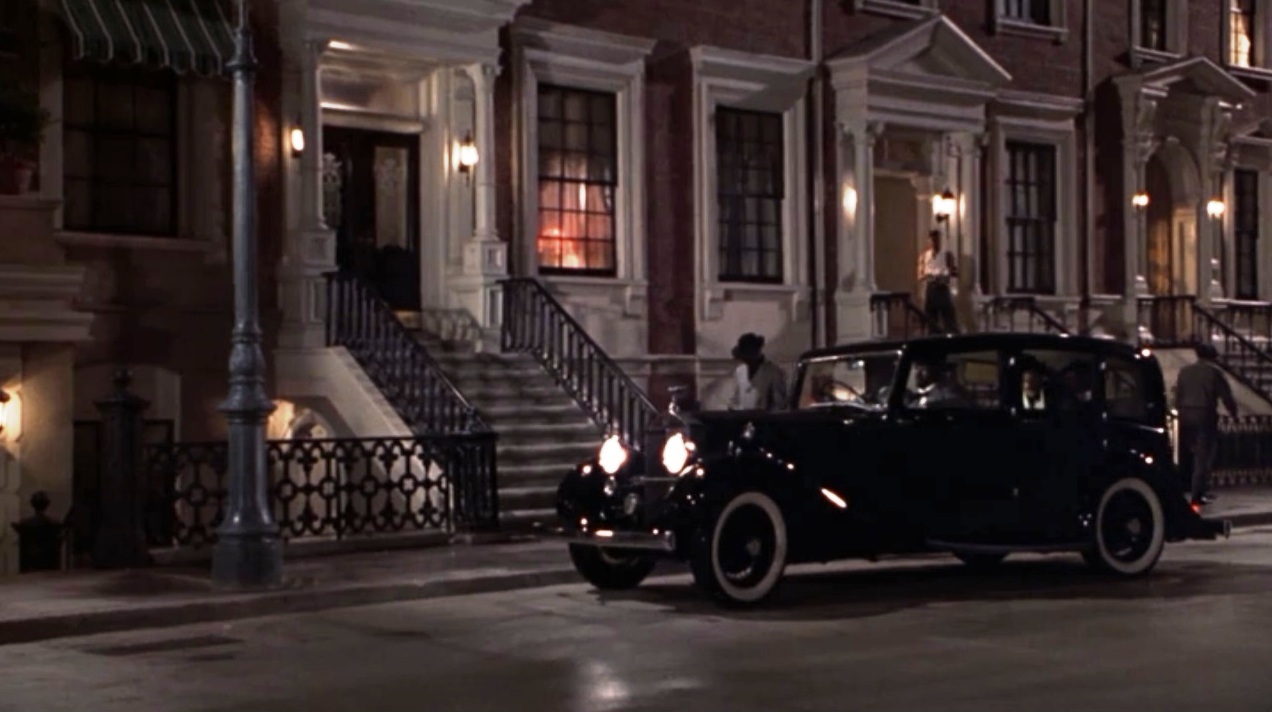HITLER’S BROOKLYN BROWNSTONE (1940)

******************************************************************************************************************************** Brownstone Detectives investigates the history of our clients’ homes. The story you are about to read was composed from research conducted in the course of one of those investigations. Do you know the history of YOUR house? ******************************************************************************************************************************** I know. I know. So dramatic, right? You must be thinking that we’re using a figure of speech in a misguided attempt to characterize a Brooklyn slumlord, right? I mean, he’d have to be a really nasty landlord to get the Hitler comparison. Takes your deposit and keeps the heat off in the winter? Goes into your place when you’re not there? Charges you part of the common area bill? What a dictator! But hold on, because there’s actually a story behind this. A good one… WHAT TO DO WITH A “CRUMMY BUILDING”? Once upon a time, in the City of Churches, two Manhattan attorneys – who had allowed the mortgage payments to lapse on a certain “crummy building” they owned – were discussing legal strategy. These two gentlemen, Julius Freilicher and Martin Auslander of 1 Park Place, had a $3,300 mortgage on their tenement – 541 Clinton Street in Carroll Gardens – with the Dime Savings Bank. The two advocates had determined that it was not in their best interests to pay the mortgage, but they also did not like the idea of losing. They were attorneys, you know. So, they opted for a scheme that would be the next best thing. One day when the bank was about to […]
THE SALE OF FORT GREENE (1798)

******************************************************************************************************************************** Brownstone Detectives investigates the history of our clients’ homes. The story you are about to read was composed from research conducted in the course of one of those investigations. Do you know the history of YOUR house? ******************************************************************************************************************************** In 1798, the farm that had been in the Couwenhoven family for 100 years was being foreclosed on. John Remsen Couwenhoven had creditors to pay, and the land he had inherited about 20 years earlier from his brother, Rem, was what the judge knew would pay them back. Thus he was ordered to place his land into the hands of a number of trustees. They would take over the responsibility of cataloging all that he owned, setting prices on all of his personal and real property, publicly listing it for sale, and then following through with the land’s conveyance. On the set date in May, the Couwenhoven farm was swarming with activity, as men – and women – of every Dutch family, it seemed, determined what of Couwenhoen’s possessions they wanted. The squeals of hogs, the murmurs of numerous discussions, the sounds of everyday life on a farm must have been omnipresent as potential purchasers walked the farm and evaluated the many items for sale. And when that sale began, there seemed to be a buyer for every item. Samuel Schenck got a “Frame for a Waggon,” Simon Bergen got a “grindstone,” Barent Lefferts got a “Flax Mill,” Mr. Grant got Couwenhoven’s ladders, and a Mr. Hall got a “Grain Rake.” […]
Brownstone Detectives on TV

OK, all you house history fans! A certain TV network will be at Brownstone Detective H.Q. in May to begin filming an episode of a television series. The show will focus on the first family that lived in the house, The Corletts, and the “unfortunate occurrences” that seemed to emanate from the house in its early days. BAD LUCK? YOU DECIDE… It all started when the initial architect/builders of 738 Macon Street purchased the lot for the house and began building. About halfway through its construction, though, the house would go into foreclosure. About a year later, the man who would eventually finish building the house, Wilfred Burr, A.K.A. “Lucky 13,” would buy the foreclosure property in a tax sale. After the sale was completed, Burr had saved enough money in the purchase that he was able to add an additional floor to the home, increasing its number of rooms from 9 – to 13. Finally, after Burr completed the house, it would become the 13th house on the block. But the the odd luck didn’t end there. When the Corletts moved into 738 Macon Street, all seemed to be smooth sailing until the family matriarch, Margaret, passed away. Like dominoes, every year thereafter, until 1900, a Corlett would die – Margaret’s son, John; her son-in-law, Robert; and her daughter, Eleanor. At this point, Margaret’s remaining child, Robert, decided presumably to get his family away from the house. He sold the property to a flipper and moved the family to […]